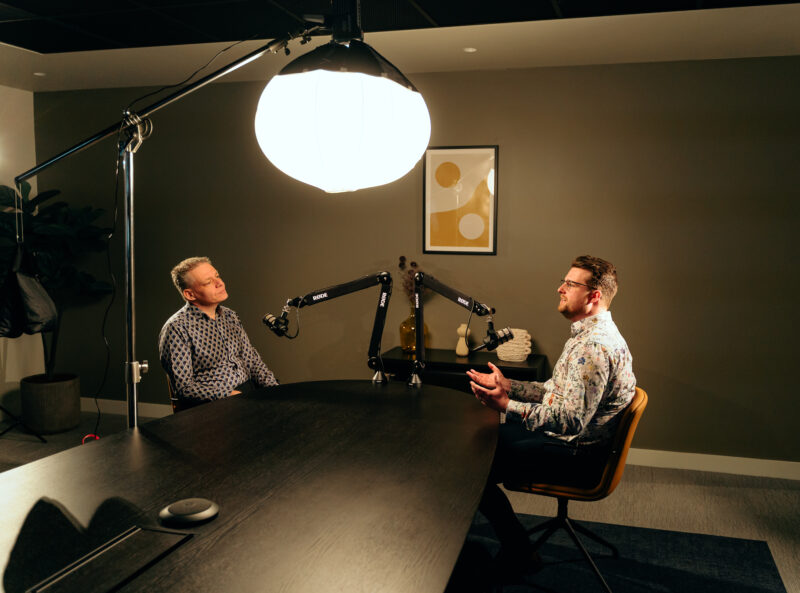Exploring new paths in ADC development
Antibody-drug conjugates (ADCs) represent an important approach to targeted cancer therapy, combining the specificity of antibodies with the potent cytotoxicity of small-molecule drugs. Despite their promise, clinical ADC development has faced numerous challenges, including limited therapeutic windows and off-target toxicity. To address these challenges, we’re now rethinking traditional approaches and shifting our focus from antibody-centric to payload-centric strategies.
A Holistic Approach to ADC Development
Historically, ADC development has largely centred around optimizing the antibody component and subsequently conjugating a cytotoxic payload/linker combination. The assumption was that the specificity of the antibody would allow selective delivery the payload and this would translate directly to clinical tolerability. Whilst crucial, this focus has often overshadowed other equally important aspects, such as conjugation site and technique, sample heterogeneity, linker stability and, more recently, payload selection.
A holistic approach to ADC development recognizes the need to balance all components—antibody, conjugation, linker, and payload—to create a more effective and safer therapeutic agent. This involves refining antibody specificity and minimizing the biophysical impact of conjugation, whilst also designing linkers that are stable in circulation and facilitate efficient payload release at the disease site. And by optimizing how the linker is conjugated, we can enhance drug-to-antibody ratios (DARs) and sample homogeneity, ultimately improving the overall ADC therapeutic profile.
A Shift from Antibody-Centric to Payload-Centric Thinking
Whilst ADC research traditionally focussed on the antibody, recent insights indicate that the payload plays an equally crucial role in determining the efficacy and safety of ADCs. As these therapeutics evolve, we are witnessing a move from traditional cytotoxic payloads toward more mechanistically targeted agents with defined, specific modes of action, tailored toward certain patient populations. Indeed, in oncology, payload selection is becoming more meticulously aligned with the cancer type and disease context, ensuring maximum therapeutic impact with minimal collateral damage.
Furthermore, a robust understanding of how the payload interacts with cellular mechanisms delivers a second level of selectivity and can also inform better decisions in linker design, conjugation chemistry, and dose optimization. This paradigm shift emphasizes the importance of selecting potent and targeted agents that are effective at low doses and aligned with the intended patient population.
Key Take Away
Incorporating a holistic and payload-centric perspective in ADC development not only broadens therapeutic possibilities but also addresses the limitations seen in earlier generations of ADCs. By evolving from an antibody-centric mindset, we are becoming better positioned to harness the full potential of ADC technology—offering hope for more precise and effective treatments, for cancer and other diseases, in the future.
Read the next part in our ADC development blog series:
Part 2: What’s the Evolving Role of Medicinal Chemistry in ADC Development?
About the Authors
 Allan Jordan is Vice President Oncology Drug Discovery at Sygnature Discovery and Josh Greally is ADC Lead at Sygnature Discovery. Follow their ADC development series on YouTube to hear all their insights.
Allan Jordan is Vice President Oncology Drug Discovery at Sygnature Discovery and Josh Greally is ADC Lead at Sygnature Discovery. Follow their ADC development series on YouTube to hear all their insights.
